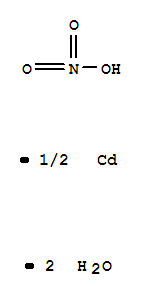10.1039/c2dt32727a
This research details the synthesis and characterization of a series of metal-organic frameworks (MOFs) based on the 2-(m-methoxyphenyl)imidazole dicarboxylate ligand, m-H3MOPhIDC. The purpose of the study was to explore the coordination features of the imidazole dicarboxylate ligand and its influence on the assembly of MOFs with potential applications in gas storage, catalysis, and more. The researchers successfully synthesized seven coordination polymers with diverse structures ranging from one-dimensional chains to three-dimensional frameworks by controlling synthetic conditions such as solvent and pH values. The chemicals used in the process included the ligand m-H3MOPhIDC, various metal salts (Sr(NO3)2, Cd(NO3)2·4H2O, Cu(ClO4)2, and CoCl2·6H2O), auxiliary ligands (1,10-phenanthroline and 2,2'-bipyridine), and Et3N as a base. The conclusions highlighted the significant impact of reaction conditions, core metal ions, and auxiliary ligands on the structures of the resulting MOFs, and confirmed the versatility of the m-H3MOPhIDC ligand in constructing novel MOFs with interesting structures and properties.



 O,
O,  T,
T,  N
N
